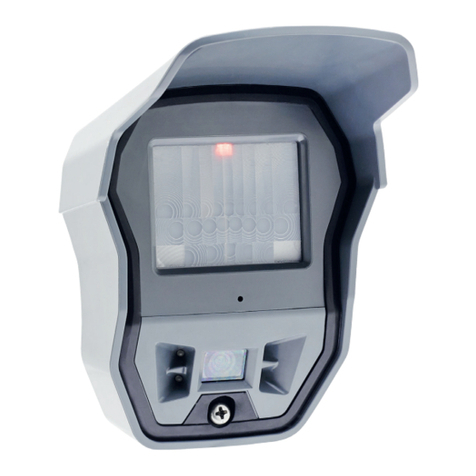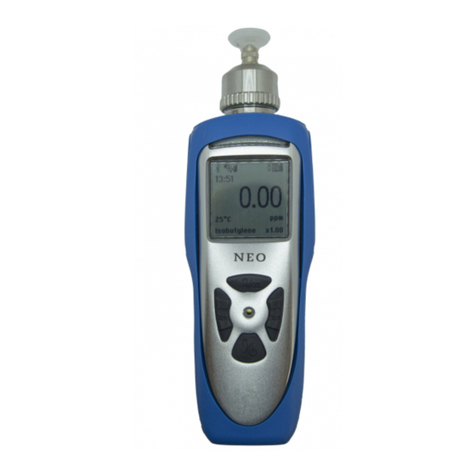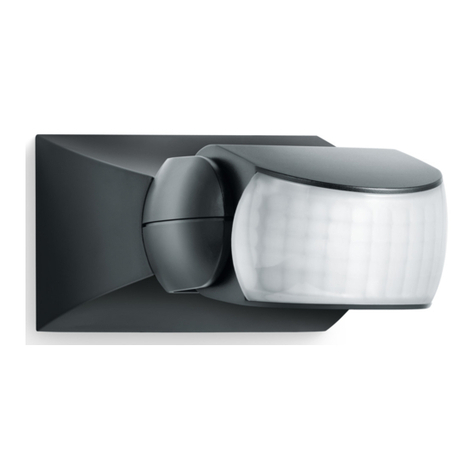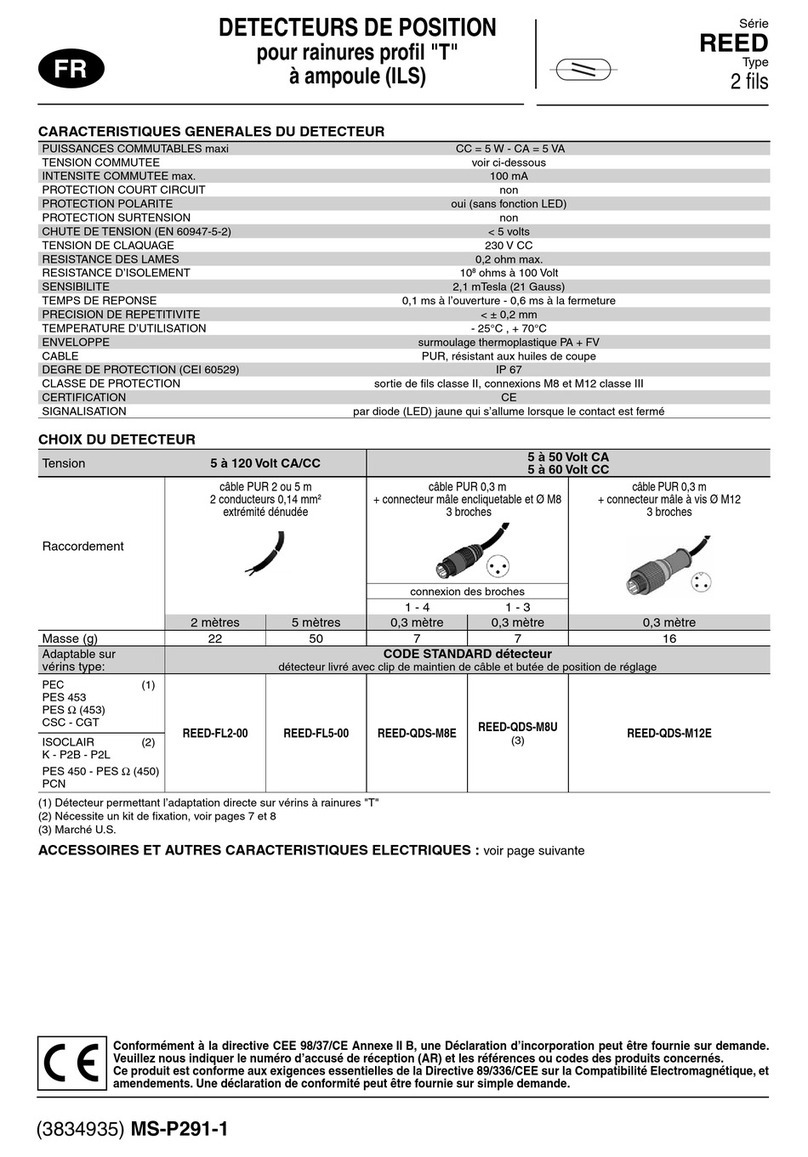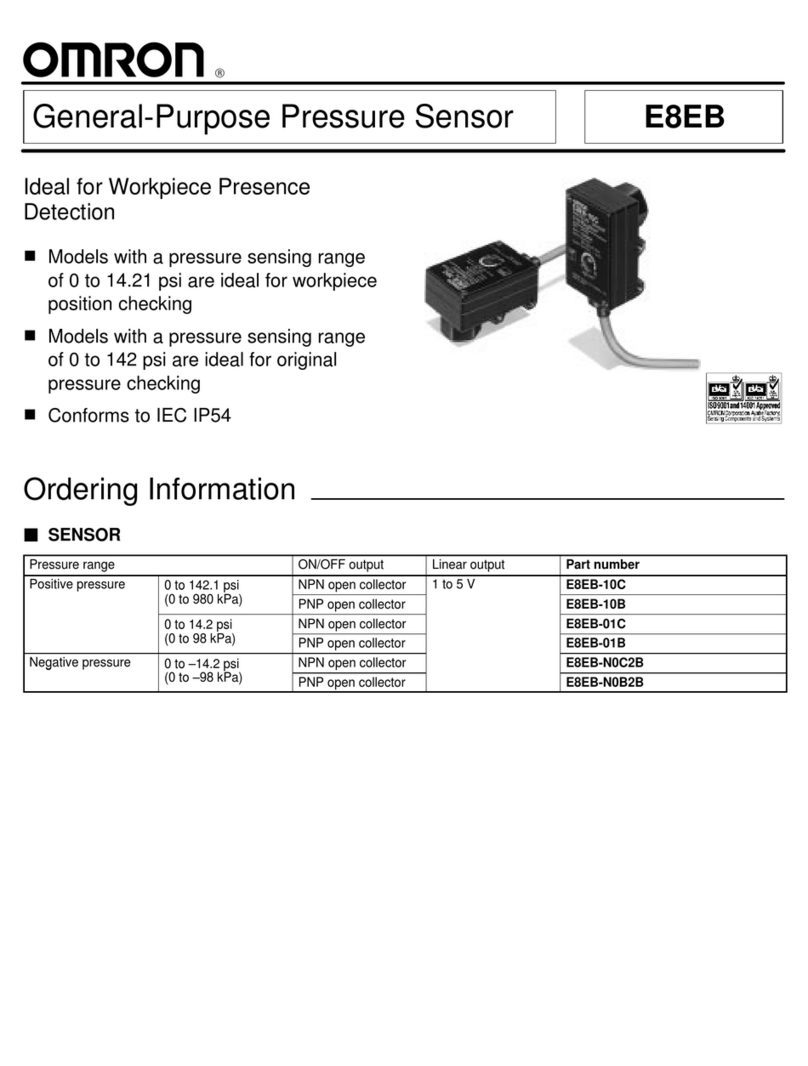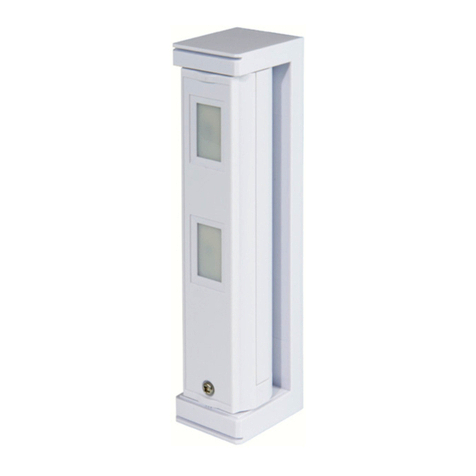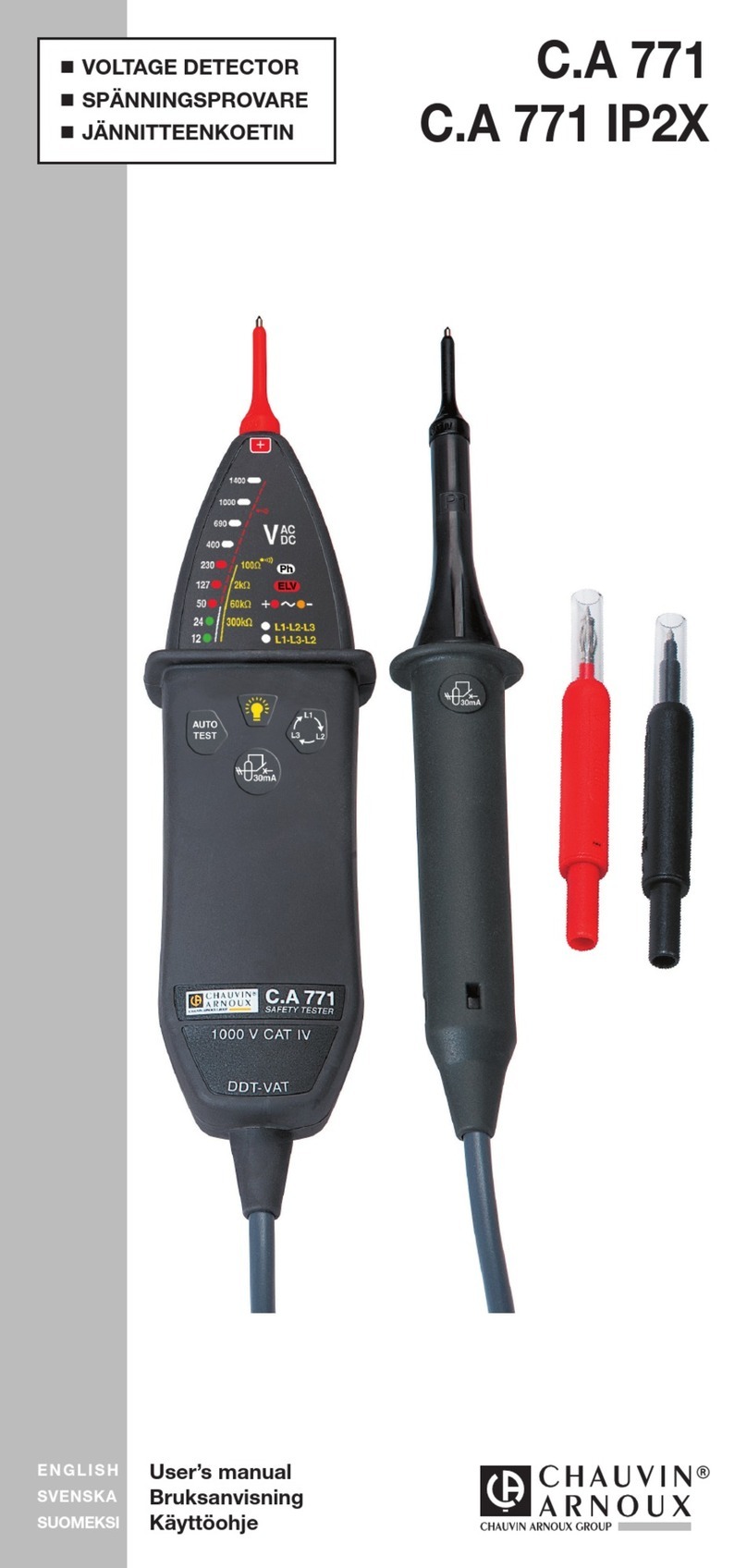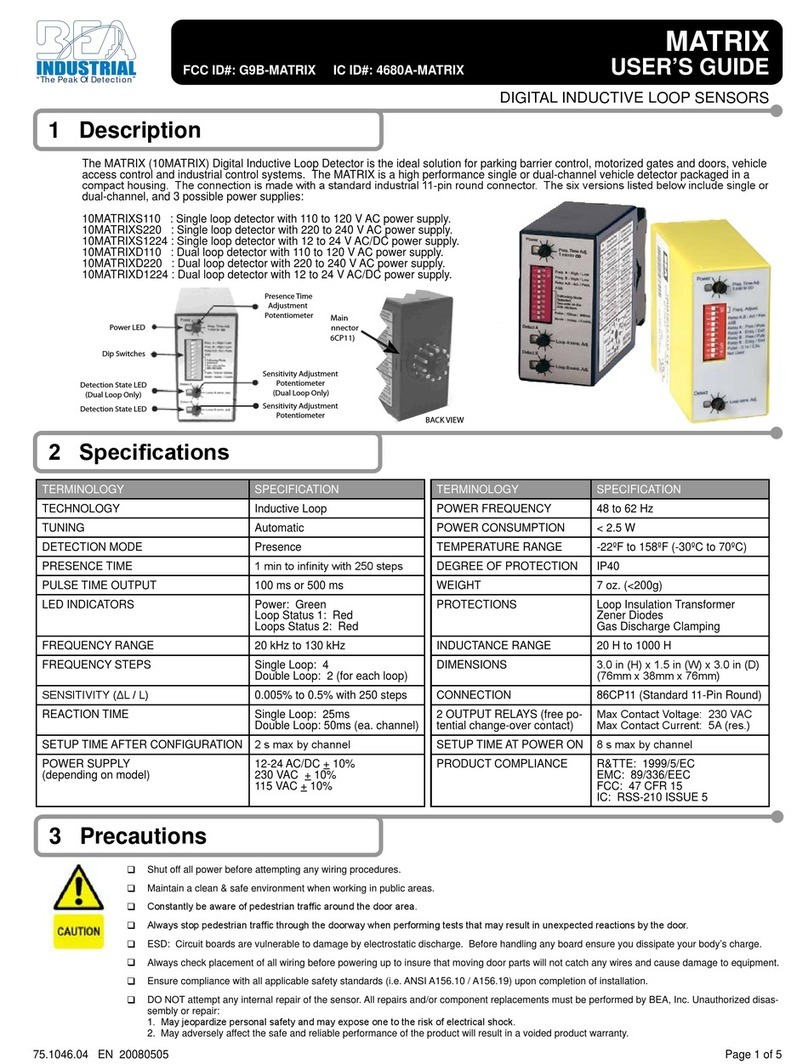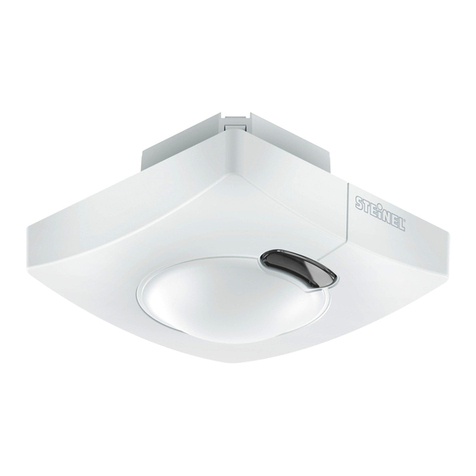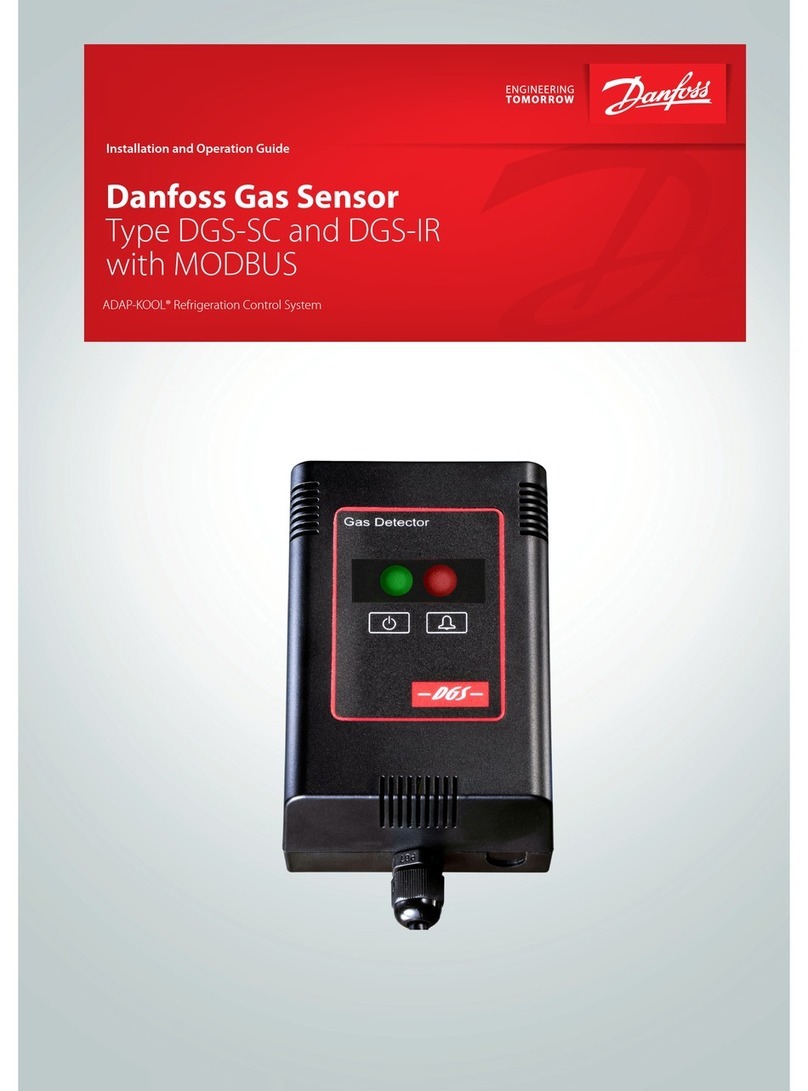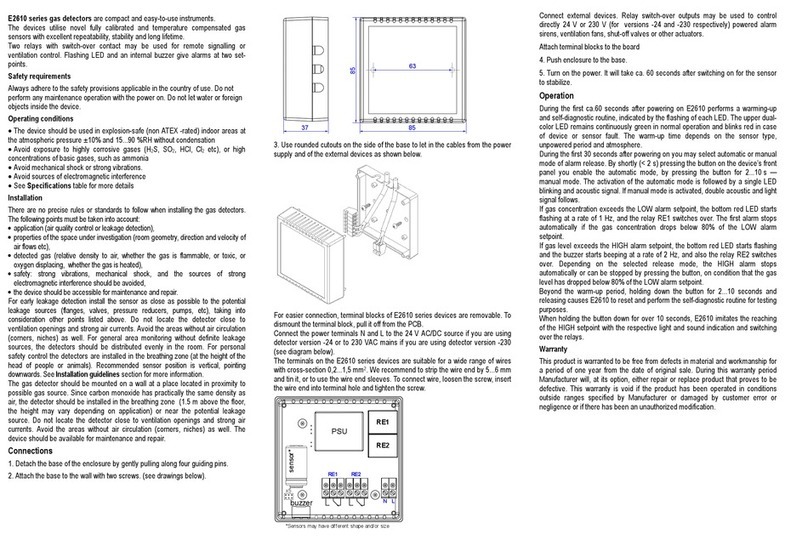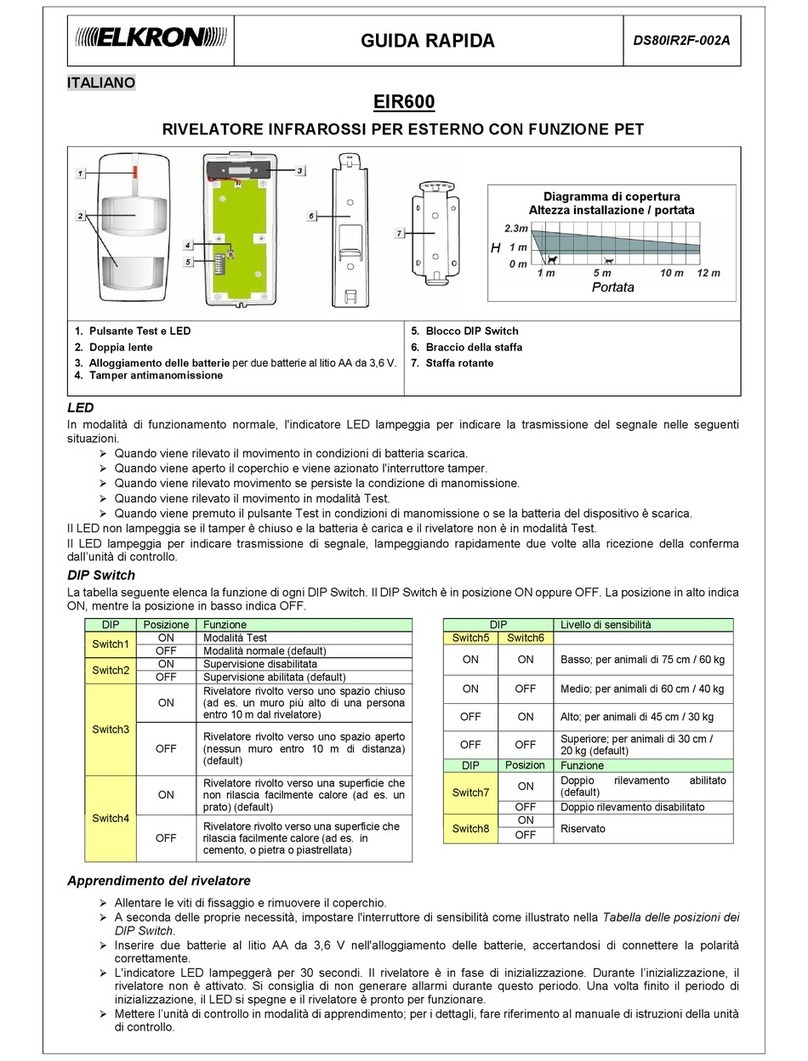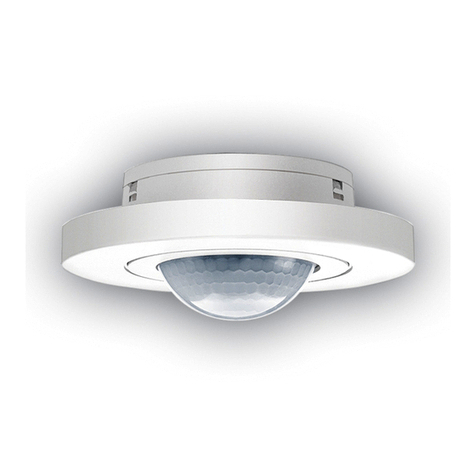SELS AIRD-2730 User manual

AIRD-2730
Descent Control Device
with a Fall Arrest Brake
Fall arrest inertia reel certified to EN3 0
Automatic descender certified to EN341
User Manual

Scope of Use
The AIRD-2730 was designed and manufactured as a multi use evacuation device (Automatic descender) The
device works similar to a fall arrest inertia reel and will arrest a fall, slowing a descend to a controlled speed of
less than 2 metres per second The product is suited to evacuation lowering to ground where safe rescue can be
made or for evacuation from a point of hazard
In the unlikely event the braking system on the descender fails as the person using the device accelerates, a fall
arrest brake will engage to halt the descent A clutch mechanism built into the descender ensures a smooth
arrest with the shock force in arrest less than 6KN
Storage
Storage in a central protected location allows assurance of inspection on issue and return
This device should be stored in a clean dry place where it can be protected from damage by chemical attack,
sharp objects and heat It should be stored with its instructions and inspection record card at all times
After use return to the store Never leave a product lying around site
Issue
This and associated equipment must be visually inspected by a competent person when initially delivered to
site, thereafter the product must be inspected before and after use An inspection record card is issued with this
manual and should be updated after each routine inspection Follow the points laid down in the section headed
‘Inspection’ without deviation
Persons should be issued with their own device for the duration of any working day it becomes their
responsibility to ensure that that harness is inspected before and cared for during use Any problems or faults
must be reported back to the supervisor immediately and before any use
The supervisor must ensure that the equipment is being used correctly and that the user is aware of its safe use
and inspection Additionally the supervisor must ensure that there are suitable and accessible anchorages in the
working environment to allow safe tie off Training should be provided prior to use
Inspection
Particular attention must be paid to the following:
Excessively soiled devices should be cleaned with a mild detergent and water and allowed to drip dry before
inspection
Appearance – Ensure that the device is free of corrosion, and signs of Abrasion, Wear and cracks Special
attention should be given to the wire rope and its terminations Check that the anchorage is sound and that it is
also free of wear and damage
Function – Check that the karabiner opens and snaps closed freely and that the connection is correct Pull the
wire rope out a short distance to ensure brake is acting, the unit should resist the pull The rope should recoil
automatically into the unit upon release
Lifeline – Look for damaged rope or signs of abrasion The life line should be stowed in its bag or box Check for
obvious signs of wear or miss use If any feature shows cause for concern remove the unit from service
immediately, mark the device as unserviceable and return to the supervisor
Never tamper with or attempt to service this unit Device(s) must be returned to the manufacturer or their
appointed agent for all maintenance
Never immerse the device in soapy water to clean, use a damp cloth and allow to dry naturally

Installation
Evacuation: The 1280/B needs to be anchored from a structure that will hold a proof load of 10kN and that is
both robust and static The anchorage should be positioned above the point of evacuation and the device
tethered so that the user does not need to lean out to attach The area beneath the device should be free of
obstacles that could obstruct the passage of life line or injur the user when descending
There should be room about the path of descent that will allow the evacuee to swing on the device without
injury
If the device is to be used where the evacuee has to swing out more than 30 degrees to be beneath the unit, it is
advisable that a Quick Release Anchor should be used with the unit which will allow the user to steady
themselves before descending and the life line should be tethered within easy reach
The device operates by rope being pulled through a centrifugal brake retarder which controls the descent speed
Once extended the device will recoil automatically
Use
The 1280/B is used with a Full Body Harness, nappy, sling or chair and should only be attached to a certified
abseil or ‘A’ anchor attachment point (EN 361) for connection to this device
Before use ensure that all checks and inspection have been completed in accordance with the section title
‘inspection’ Ensure that the life line is pulled back completely and smoothly before attaching
Evacuation - Attach to the device by the hook provided at the end of the life line Check that the hook is locked
securely Step away from the edge holding elbows in and knees together Look down at the ground as you
descend When reaching floor level step forward and bend knees to cushion the force of impact
Never work above the level of the device
Never tie off or restrict the free passage of life line from the unit
Always work directly below the device
Never stop the unit from retracting

Anchorages
The supervisor must ensure that there are sufficient strong and accessible anchorage points in the working
environment to ensure that all personnel can work safely
All anchorage points should be inspected regularly to ensure that they are robust and strong enough to
withstand an impact load of 10kN Only anchorages above head height should be used to attach to and the area
beneath and around these anchorage points should be clear of obstruction and sharp edges
The user of the device should attempt to attach to an anchorage that is as close to the point of work and as high
above head height as possible without restricting free movement The user should be aware at all times of which
point of attachment they should use If this is not immediately obvious they should seek confirmation from the
supervisor
Always ensure that the means of attachment to the anchorage is secure before moving off
Suitability
This device is only suitable for use as described in the manual for fall protection when used in conjunction with a
harness that distributes forces upon the body
This product may only be used with the following Descent Control products:
FBH Full Body Harness
RS Rescue Strop
RC Rescue Cradle
N Nappy
Warning!
•Read and understand manufacturer’s instructions before inspection, installation or use of this product
•Never use this product if you weigh more than 150kgs
•Only use approved equipment with this product
•If there are any points in this manual that you are unsure of, seek a competent trained person to advise
you before using
•Seek medical advice from a doctor before using this product if you have sustained a spinal injury, suffer
from a neck or back complaint, or you are taking prescription medication
•Never use if you are under the influence of alcohol or recreational drugs
•Extra care should be taken if welding whilst using this product, protect the device and life line from
splatter and heat at all times
Table of contents
